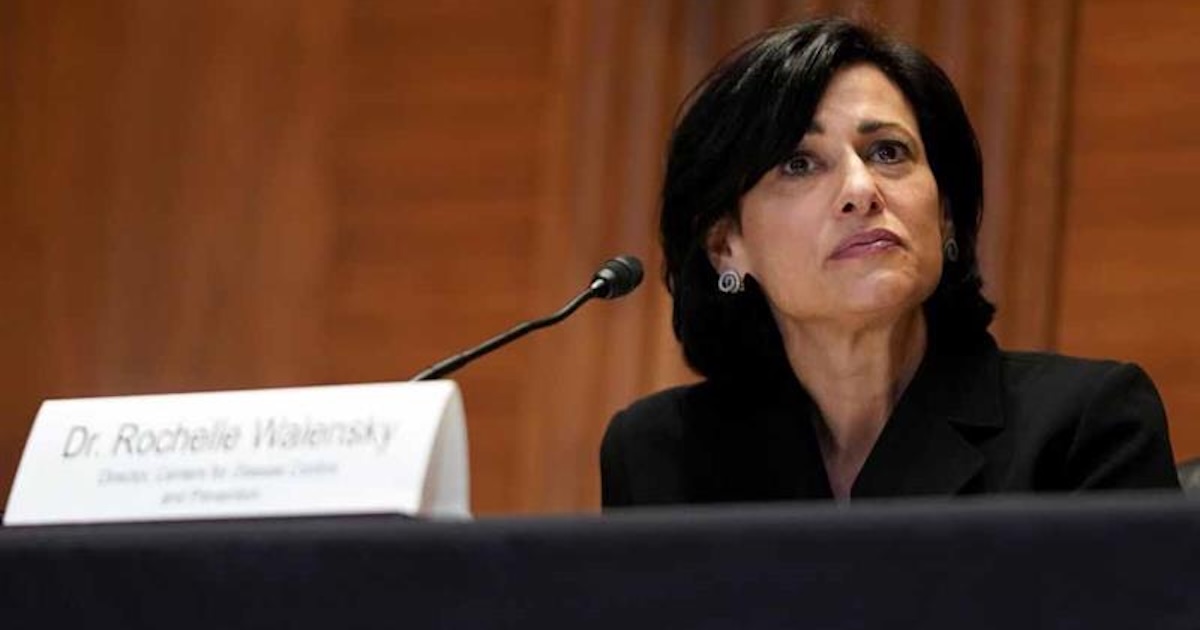Christmas came early for mHealth enthusiasts this year.
The flurry of new product announcements and demonstrations in the HIMSS Media mHealth Summit Exhibition Hall ranged from diabetes products to developer platforms to personal emergency response systems.
Stanley Healthcare unveiled the Patient Safety Monitoring Solution, a mattress pad fitted with sensors and tied into a remote monitoring platform that enables caregivers to monitor a patient's movements in bed, sleep patterns and some vital signs. The pad, designed by Silicon Valley-based BAM Labs, fits underneath the mattress and sends information wirelessly to a caregiver's PC or mobile device.
Catherine Thomas, senior marketing manager for Waltham, Mass.-based Stanley, said the solution fits into an ever-growing Stanley Healthcare portfolio that targets patient and staff safety and workflow monitoring solutions. This particular solution, she said, addresses such issues as pressure ulcers, which develop when an immobile patient isn't moved on a regular basis, occur in 16.7 percent of patients in skilled nursing facilities and can cost between $7,000 and $50,000 to treat.
Thomas said the sensor pad, which detects movement, respiration and heart rate, "can detect a dime being dropped on the bed," but fits so discreetly under the mattress that the patient doesn't know it's there.
"We need to ensure that care is provided with dignity," she pointed out.
AT&T, meanwhile, introduced EverThere, a mobile personal emergency response system (mPERS) that automatically detects falls and connects the wearer to call center for communication with emergency response services. The solution is being marketed to both enterprise customers – such as payers, healthcare providers, home health agencies and skilled nursing facilities – as well as consumers.
The device was developed by Numera and is part of AT&T's ForHealth unit, the company's mHealth-focused enterprise launched in 2010.
Among the new apps introduced at the summit this year is AppScript, a health app prescribing solution developed by IMS Health. Stefan Linn, senior vice president of strategy and global pharma solutions, said AppScript wades into the "wild wild west" of healthcare-related apps and gives providers and health plans a tool to determine which apps would be best for their patients or members.
"You find that there are many apps out there that really don't do that much, said Andrew Kress, senior vice president of IMS Health's Healthcare Value Solutions business, in an interview with mHealth News prior to the summit. He said AppScript is designed to "share information about what apps work and what apps don't."
Kress said IMS has built a platform to analyze about more than 40,000 apps now on the market for providers and health plans, assessing them on such attributes as functionality, peer and patient reviews, certifications and their potential to improve outcomes or lower cost of care. Through AppScript, a doctor or health plan can then prescribe an app, much like one would prescribe medication.
Along with AppScript, IMS Health also unveiled AppNucleus, an app development and hosting platform that enables developers to use plug-and-play solutions and IMS Health information and analytics to achieve HIPAA and HITECH compliance.
On an international level, Masimo unveiled the iSpO2 Rx Pulse Oximeter with M-LNCS connector, designed to help detect health conditions in newborn children in low-resource settings, most particularly in developing and third world countries. The sensor provides data on oxygen saturation, pulse rate and perfusion index and can be accessed on the iPhone, iPad and iTouch, and soon on Android devices.
The iSpO2 Rx is the latest effort in a collaboration with the Newborn Foundation and marks the launch of the BORN (Birth Oximetry Routine for Newborns) Project, a global health initiative to cut down on the estimated 3.3 million newborns who die each year in the first month of life. Pulse oximetry screening has been used to help detect pneumonia, early-onset sepsis, neonatal infection and pulmonary hypertension, as well as congenital heart defects.
“This check of oxygen levels in newborns is among the most effective health measures that can be deployed to reduce newborn mortality,” said Annamarie Saarinen, co-founder and chairman of the Newborn Foundation, in a press release. “We just saw how valuable this is, firsthand, while in the Philippines during Typhoon Haiyan.”
Also in the spotlight this week was the Vital Connect HealthPatch MD biosensor, an integration of Aventyn's Vitalbeat remote patient monitoring and chronic disease management platform with Vital Connect's Healthpatch MD wearable biosensor technology. The wearable patch sensor, worn on the chest, captures biometric measurements and transmits that data back to healthcare providers, allowing them to monitor single-lead ECG, heart rate, heart rate variability, respiratory rate, skin temperature, body posture, steps and fall detection/severity.
With diabetes fast becoming one of the nation's most prevalent health issues, there was no shortage of devices and programs focused on managing that chronic condition. One of the newer entrants into the market is Rimidi Diabetes, an Atlanta-based start-up that made it debut at the summit.
The company, founded by Lucienne M. Ide, MD, a physician with a PhD in pharmacology, and A. Michael Albisser, MD, one of the inventors of the first artificial pancreas, is set to deploy Diabetes+Me, a cloud-based platform that enables patients to chart and manage their blood glucose levels with fitness-based metrics and input from healthcare providers.
Related articles:
Cycling tour proves mHealth interoperability can happen


